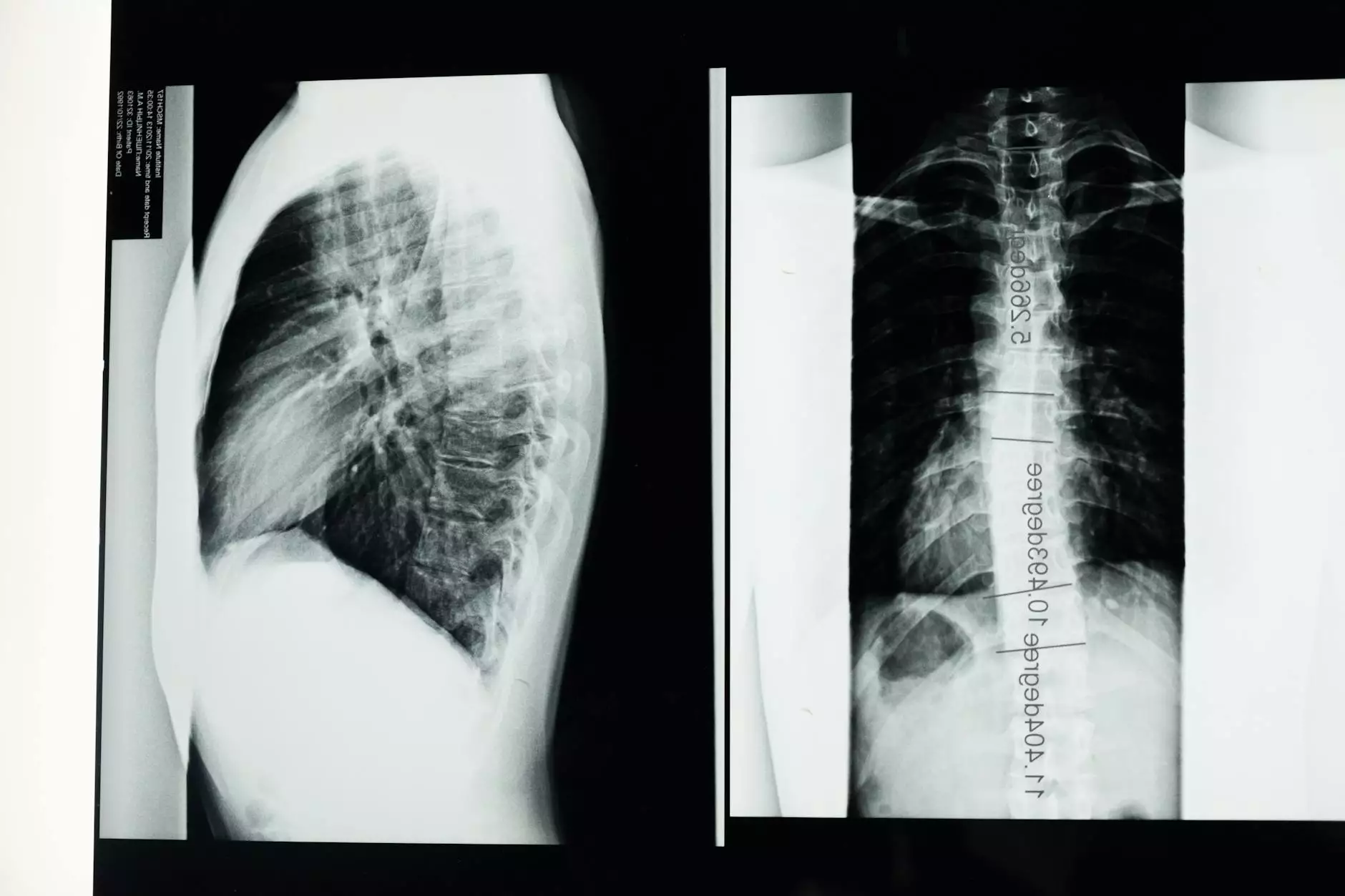Understanding Black Skin on Feet: Causes, Treatments, and Care

Black skin on feet can be a source of concern for many individuals. This phenomenon can manifest in various ways, including discoloration, dark patches, or a change in skin texture. Understanding the causes, treatments, and appropriate care for this condition is essential for maintaining overall skin health. In this comprehensive guide, we will delve into the intricacies of black skin on feet, providing valuable insights and actionable advice.
What Causes Black Skin on Feet?
The appearance of black skin on feet may be attributed to a variety of factors, ranging from benign to more serious underlying conditions. Recognizing these causes is crucial for effective treatment. Here are some of the most common reasons:
- Hyperpigmentation: Excess melanin production can lead to darker patches on the skin. This can occur due to sun exposure, hormonal changes, or inflammation.
- Friction and Pressure: Continuous friction from shoes or weight-bearing activities can cause thickening of the skin, leading to a darker appearance.
- Fungal Infections: Conditions like athlete's foot, caused by fungal infections, can darken the skin on feet.
- Dermatological Conditions: Skin disorders such as eczema or psoriasis may cause discoloration and require medical attention.
- Circulatory Issues: Poor blood circulation or conditions like venous insufficiency can lead to changes in skin color, including darkening.
Identifying Symptoms and Diagnosis
Understanding the symptoms associated with black skin on feet can help in identifying the underlying cause. Some common symptoms to look out for include:
- Change in Skin Color: Noticeable dark patches or an overall darker appearance of the skin.
- Texture Changes: Dry, rough, or thickened skin may accompany discoloration.
- Itching or Irritation: Any accompanying discomfort may indicate an underlying condition.
- Swelling: In some cases, swollen feet may be present alongside skin changes.
If you are concerned about the appearance of black skin on your feet, it’s essential to consult a healthcare professional. They may perform a physical examination and, if necessary, order tests to diagnose any underlying issues.
Treatment Options for Black Skin on Feet
Treatment for black skin on the feet largely depends on the underlying cause. Below are some effective treatment methodologies:
1. Skin Lightening Creams
For hyperpigmentation, topical creams containing ingredients such as hydroquinone or kojic acid may be recommended. These ingredients help reduce melanin production and lighten darkened areas over time. It is important to consult with a dermatologist before starting any skin lightening treatment, as they can provide guidance on safety and efficacy.
2. Antifungal Medications
If a fungal infection is diagnosed, antifungal creams or oral medications can effectively address the issue. Ensuring proper hygiene and keeping the feet dry can also help prevent future infections.
3. Moisturizing Treatments
For skin that appears thickened or rough, moisturizing creams can be beneficial. Look for products that contain urea or salicylic acid, which help to exfoliate and hydrate the skin.
4. Lifestyle Changes
Wearing properly fitted shoes and using protective foot care can reduce friction and pressure on the feet. Additionally, adopting a healthy diet that promotes circulation and overall skin health is essential. Foods rich in vitamins E and C, along with adequate hydration, can contribute positively to skin appearance.
5. Medical Interventions
In cases where black skin on feet is due to circulatory issues, consulting a vascular specialist as found at trufflesveinspecialists.com may provide specific treatment options. Procedures such as sclerotherapy or laser therapy may be recommended for conditions like venous insufficiency.
Preventing Black Skin on Feet
Preventative measures can help maintain healthy skin and reduce the risk of developing dark patches. Here are some effective strategies:
- Good Foot Hygiene: Regularly wash and dry your feet to prevent fungal infections and maintain skin health.
- Moisturizing: Keep feet well-moisturized, especially during dry seasons.
- Sun Protection: Apply sunscreen to your feet when exposed to the sun to prevent sun-induced hyperpigmentation.
- Appropriate Footwear: Choose shoes that provide adequate support and fit well to minimize friction and pressure points.
- Regular Check-ups: Visit a healthcare provider for regular foot examinations, especially if you have underlying health conditions.
Conclusion: Taking Charge of Your Foot Health
The appearance of black skin on feet can be concerning, but understanding the causes and available treatment options empowers individuals to take charge of their health. Early diagnosis and appropriate care are key to addressing this condition effectively. Emphasizing good foot hygiene, proper footwear, and maintaining a healthy lifestyle can significantly contribute to skin health.
If you have persistent concerns about the condition of your feet, do not hesitate to consult with professionals at trufflesveinspecialists.com. Expert advice can guide you towards the best solutions tailored to your specific needs.
Remember, healthy skin starts from the ground up. Invest in your foot health today for a brighter, healthier tomorrow.









